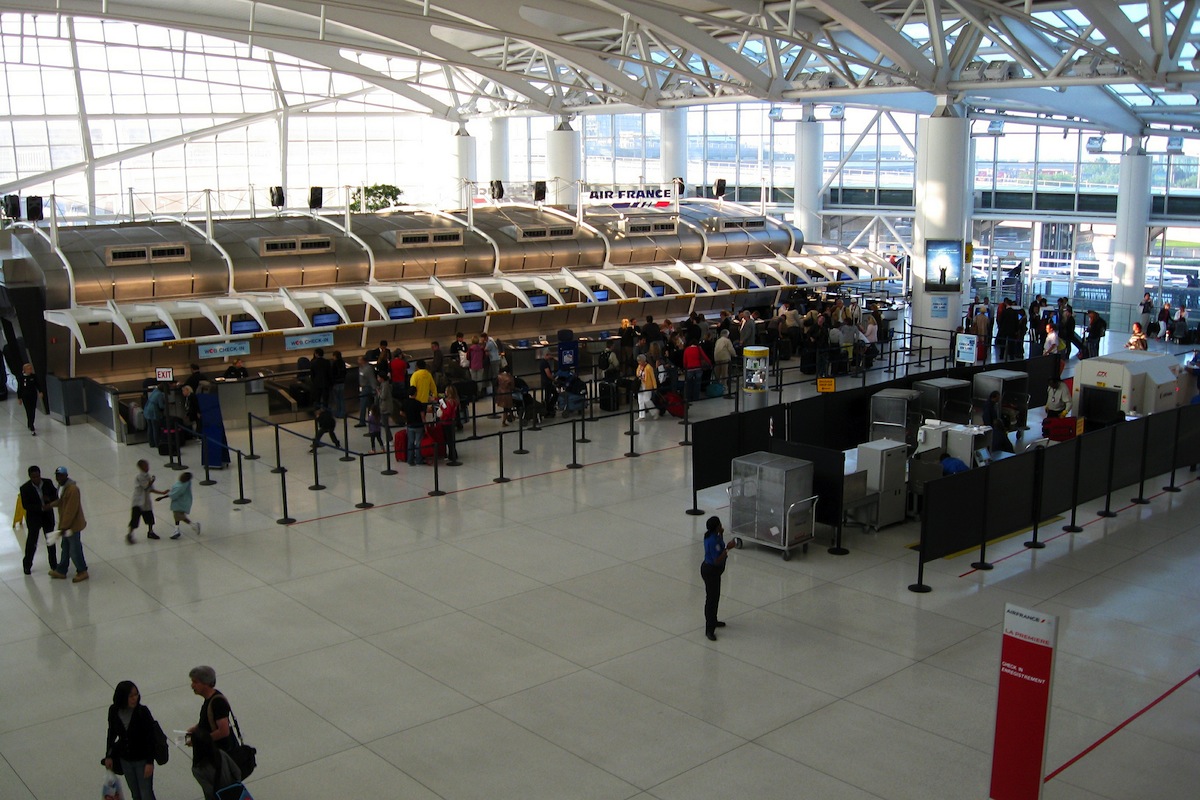As air travel becomes more competitive, airports are seeking reconnaissance about their passengers’ satisfaction levels. Some revealing research has been released in recent months. Here’s a sampling:
• In the midst of a $1 billion renovation and modernization, Tampa International Airport has been surveying thousands of customers about the impact of construction on their flying experience. Surprisingly few have complained.
When passengers log onto the airport’s free WiFi service, they are asked to fill out online questionnaires about the construction. According to a news story posted on the Tampa Bay Times|Tampa Tribune’s website in late June, the survey generates about 1,000 responses a day.
When the airport started doing roadway work, 60% of those surveyed said they noticed it, but only 2.7% said they were “impacted.” When the airport shut down one train to two airsides, only 1.7% said they were negatively impacted.
The airport has also stationed 22 customer service reps around its main terminal to help travelers find where they’re going if detours are necessary.
• Travel Leaders Group, the country’s largest travel agency company, recently polled nearly 3,400 Americans about their attitudes toward airport security. Among the respondents, 88.4% said they were either “satisfied” with or “neutral” about the state of security, up from 87.5% last year.
TSA Pre-Check may have something to do with these positive attitudes. When asked if they had experienced expedited screening at an airport in the previous 12 months, 53.1% answered affirmatively, compared to 60% who said no in 2014. About one-seventh of respondents (14.4%) said they use TSA Pre-Check “all the time,” versus 7.6% in 2014. And 26.1% say it reduced waiting times for screening, versus 17.6% in 2014.
• Architectural/engineering firm HNTB conducted a national air travel survey last November to gauge how passengers think technology might affect their travel experience. Nearly half (46%) of the 1,031 respondents said they expect advancements in security and technology over the next 5-10 years would alter how quickly they got through airports. Another 41% would like to see luggage with GPS-enabled tags for tracking purposes, while 32% want the ability to tag their bags themselves. Three of 10 respondents are looking forward to mobile apps that would allow them to pre-order in-flight food or drinks.
• In its 2015 Airline IT Trends Survey, SITA, a communications systems provider, found that 86% of airline carriers expect the Internet of Things to deliver benefits within the next three years, and 37% are budgeting with that in mind, with investments targeting check-in, bag drop, and luggage retrieval.
But so-called beacon technology, which uses sensors to track consumer actions, hasn’t caught on yet in the aviation sector. The SITA survey found that only 9% of airlines are using or testing beacons, although 44% plan to use beacons at bag drop areas, and 43% at baggage claim corrals.
The poll also found that 94% of airlines surveyed are investing in business intelligence. Another 74% are planning major investment programs by 2018.
Related Stories
AEC Tech | Oct 16, 2024
How AI can augment the design visualization process
Blog author Tim Beecken, AIA, uses the design of an airport as a case-study for AI’s potential in design visualizations.
Airports | Aug 22, 2024
Portland opens $2 billion mass timber expansion and renovation to its international airport
This month, the Portland International Airport (PDX) main terminal expansion opened to passengers. Designed by ZGF for the Port of Portland, the 1 million-sf project doubles the capacity of PDX and enables the airport to welcome 35 million passengers per year by 2045.
Smart Buildings | Jul 25, 2024
A Swiss startup devises an intelligent photovoltaic façade that tracks and moves with the sun
Zurich Soft Robotics says Solskin can reduce building energy consumption by up to 80% while producing up to 40% more electricity than comparable façade systems.
Great Solutions | Jul 23, 2024
41 Great Solutions for architects, engineers, and contractors
AI ChatBots, ambient computing, floating MRIs, low-carbon cement, sunshine on demand, next-generation top-down construction. These and 35 other innovations make up our 2024 Great Solutions Report, which highlights fresh ideas and innovations from leading architecture, engineering, and construction firms.
Airports | Jun 3, 2024
SOM unveils ‘branching’ structural design for new Satellite Concourse 1 at O’Hare Airport
The Chicago Department of Aviation has revealed the design for Satellite Concourse 1 at O’Hare International Airport, one of the nation’s business airports. Designed by Skidmore, Owings & Merrill (SOM), with Ross Barney Architects, Juan Gabriel Moreno Architects (JGMA), and Arup, the concourse will be the first new building in the Terminal Area Program, the largest concourse area expansion and revitalization in the airport’s almost seven-decade history.
Products and Materials | May 31, 2024
Top building products for May 2024
BD+C Editors break down May's top 15 building products, from Durat and CaraGreen's Durat Plus to Zurn Siphonic Roof Drains.
Biophilic Design | May 6, 2024
The benefits of biophilic design in the built environment
Biophilic design in the built environment supports the health and wellbeing of individuals, as they spend most of their time indoors.
Architects | May 2, 2024
Emerging considerations in inclusive design
Design elements that consider a diverse population of users make lives better. When it comes to wayfinding, some factors will remain consistent—including accessibility and legibility.
Airports | Apr 18, 2024
The next destination: Passive design airports
Today, we can design airports that are climate resilient, durable, long-lasting, and healthy for occupants—we can design airports using Passive House standards.
Airports | Feb 13, 2024
New airport terminal by KPF aims to slash curb-to-gate walking time for passengers
The new Terminal A at Zayed International Airport in the United Arab Emirates features an efficient X-shape design with an average curb-to-gate walking time of just 12 minutes. The airport terminal was designed by Kohn Pedersen Fox (KPF), with Arup and Naco as engineering leads.

















